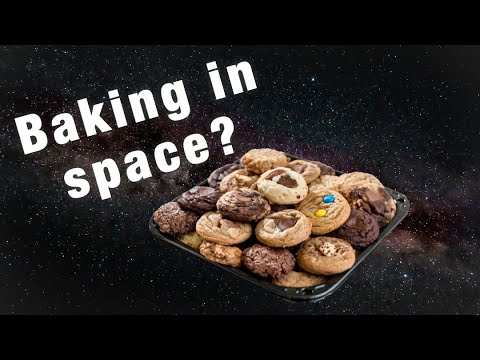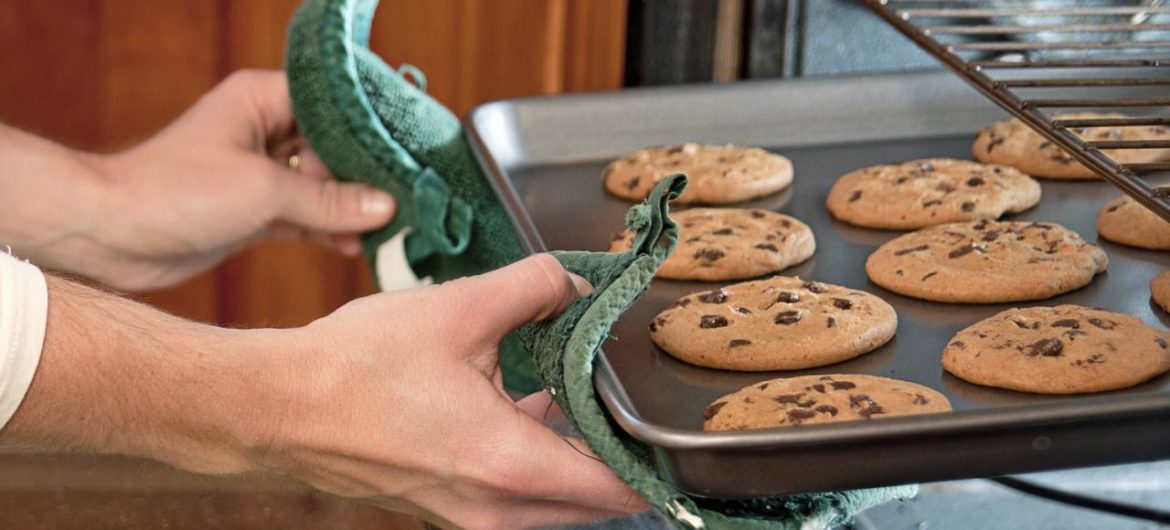The Zero-G Oven is set out toward the International Space Station
“Cookies in space” may seem like the name of the new Ben and Jerry’s flavor, however it’s really another space cooking examination being led by the National Aeronautics and Space Administration (NASA).
On Saturday, a payload art took off in Virginia containing a space broiler, officially known as a “Zero-G Oven,” alongside preparing fixings. It is the initial phase in enabling space explorers to try different things with heating in space. The fixings and broiler were sent alongside a 3.7 ton shipment of group supplies heading for the International Space Station.
As indicated by NASA, there are a few destinations in the trial. The first is to test a stove intended for microgravity on the International Space Station.
“Zero-G Oven explores the possibility and challenges of baking fresh meals in a microgravity environment,” NASA states on the mission page. “Investigators explore how to heat, then cool the space oven in a manner that is safe for all crew member interaction.”
The stove is a tube shaped molded protected compartment which is intended to hold and heat nourishment tests in the microgravity condition of the International Space Station. Nourishment is held unfaltering while it heats, and a coordinated cooling rack is utilized while keeping the nourishment fixed which can avert consuming group individuals when taking care of. As per the Space Oven’s site, since convection is troublesome at zero gravity, warming happens through electric warming components like those found in a toaster stove. The power for the stove will be fueled by the International Space Station’s inside power framework. The protection makes a pocket of warmth around the nourishment, which is the means by which heating happens.
NASA says it trusts that utilizing the stove will give more knowledge into “basic heat transfer properties in microgravity.” The outcomes will likewise enable researchers to think about and watch the distinctions of preparing in a microgravity domain and heating on Earth. Researchers are anxious to investigate the security ramifications of preparing normal nourishment in space, as well.
In any case, maybe in particular, NASA states: “Crew members may experience psychological and physiological benefits from eating flavorful cooked meals.”

That is on the grounds that space nourishment is famously not quite the same as Earth nourishment, in that the vast majority of it is pre-arranged and solidify dried. Some space traveler nourishments can be eaten in their normal structures, for example, brownies and natural product. Different nourishments require including water, for example, macaroni and cheddar, or spaghetti. A fundamental broiler is given in the space station to warm nourishments to the correct temperature. There are no coolers in space, so space nourishment must be put away and arranged appropriately to maintain a strategic distance from deterioration, particularly on longer missions.
This isn’t the first run through space explorers have tried different things with nourishment in space. On the International Space Station, space explorers have effectively been developing plants — and for sustenance, yet for emotional wellness benefits, as well.
“There’s a great deal of joy in growing and watering the plants and producing a flower,” Julie Robinson, the chief scientist for the International Space Station, told The Atlantic in January 2019. “There can also be some real sadness if plants you’ve been cultivating are not successful and are dying on you.”
Ideally they will have a similar positive outcomes with treats, as well.
A series of articles in “Linlithgowshire Journal & Gazette” interviewing some of the oldest inhabitants of We…
Disclaimer: The views, suggestions, and opinions expressed here are the sole responsibility of the experts. No People Reportage journalist was involved in the writing and production of this article.





